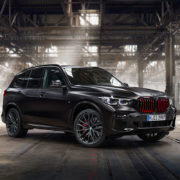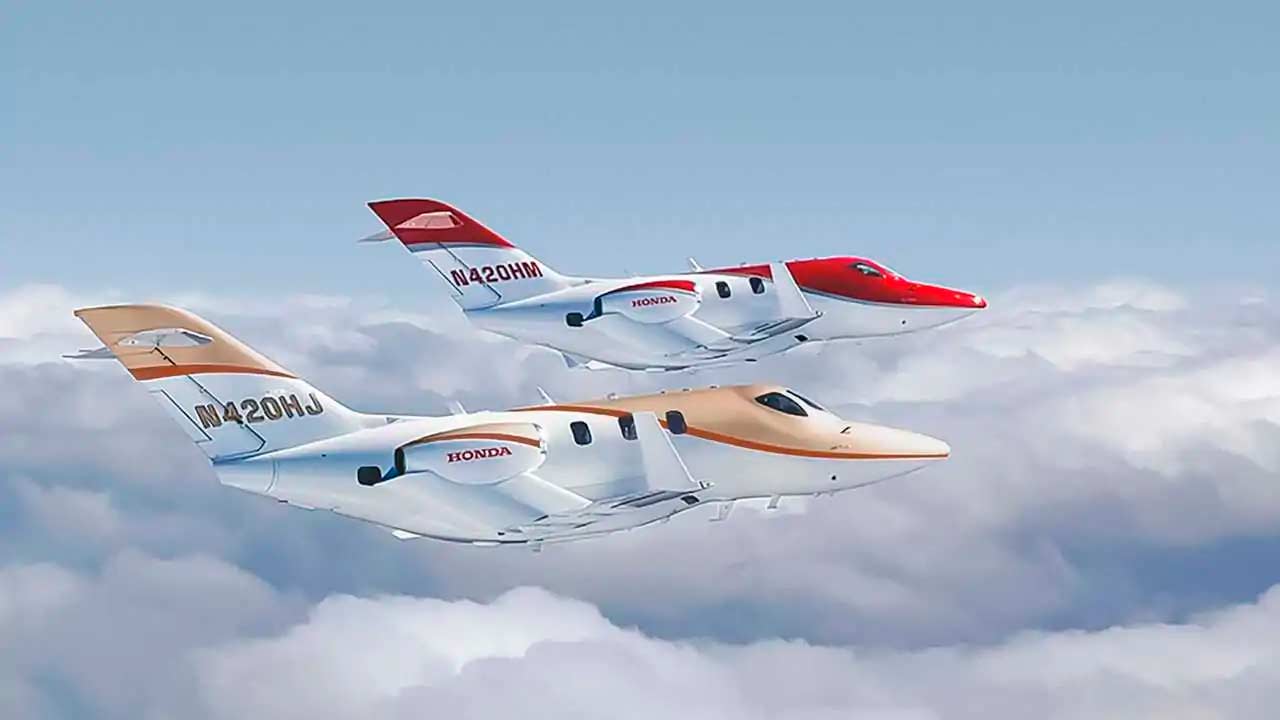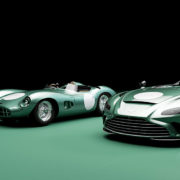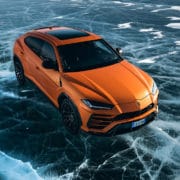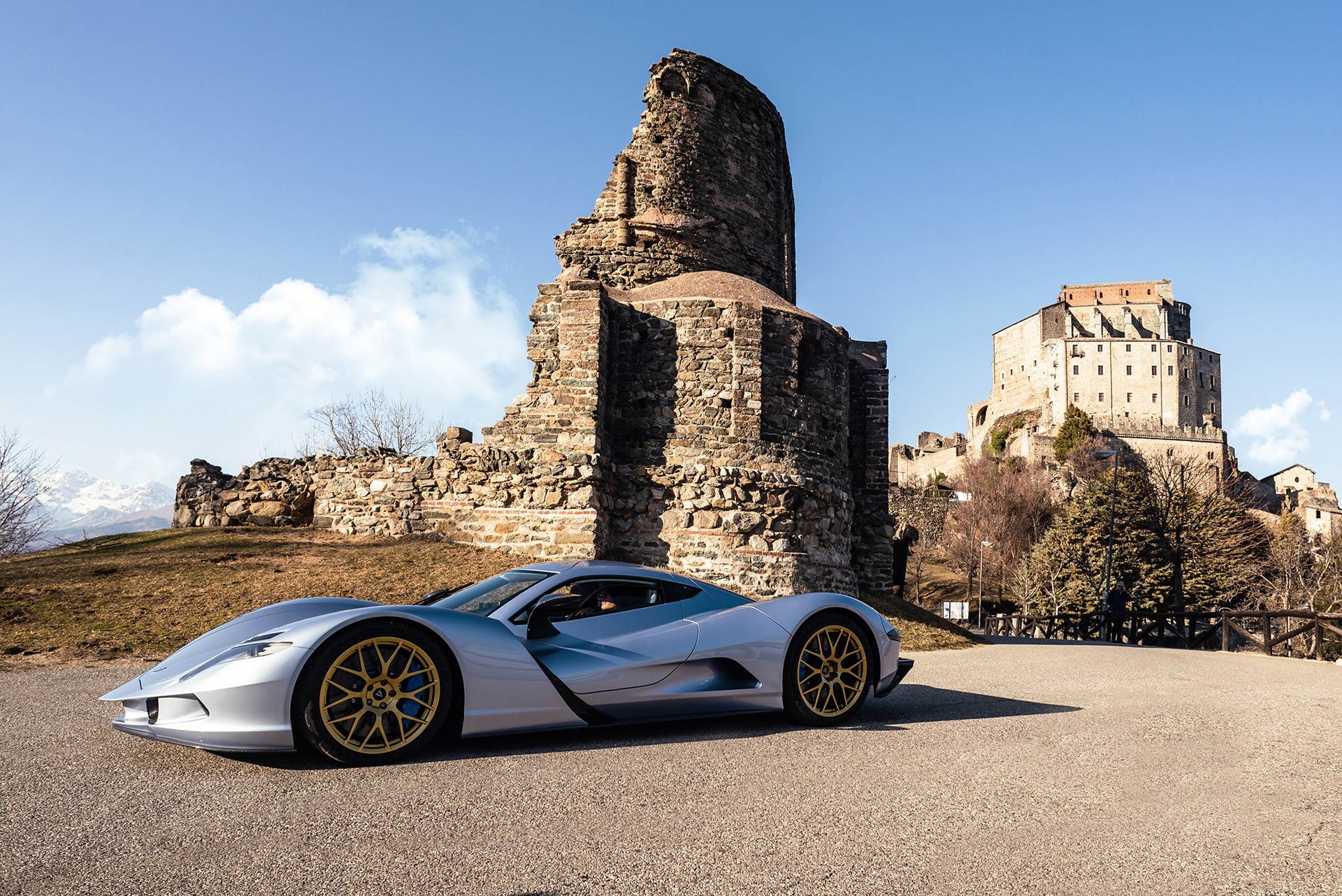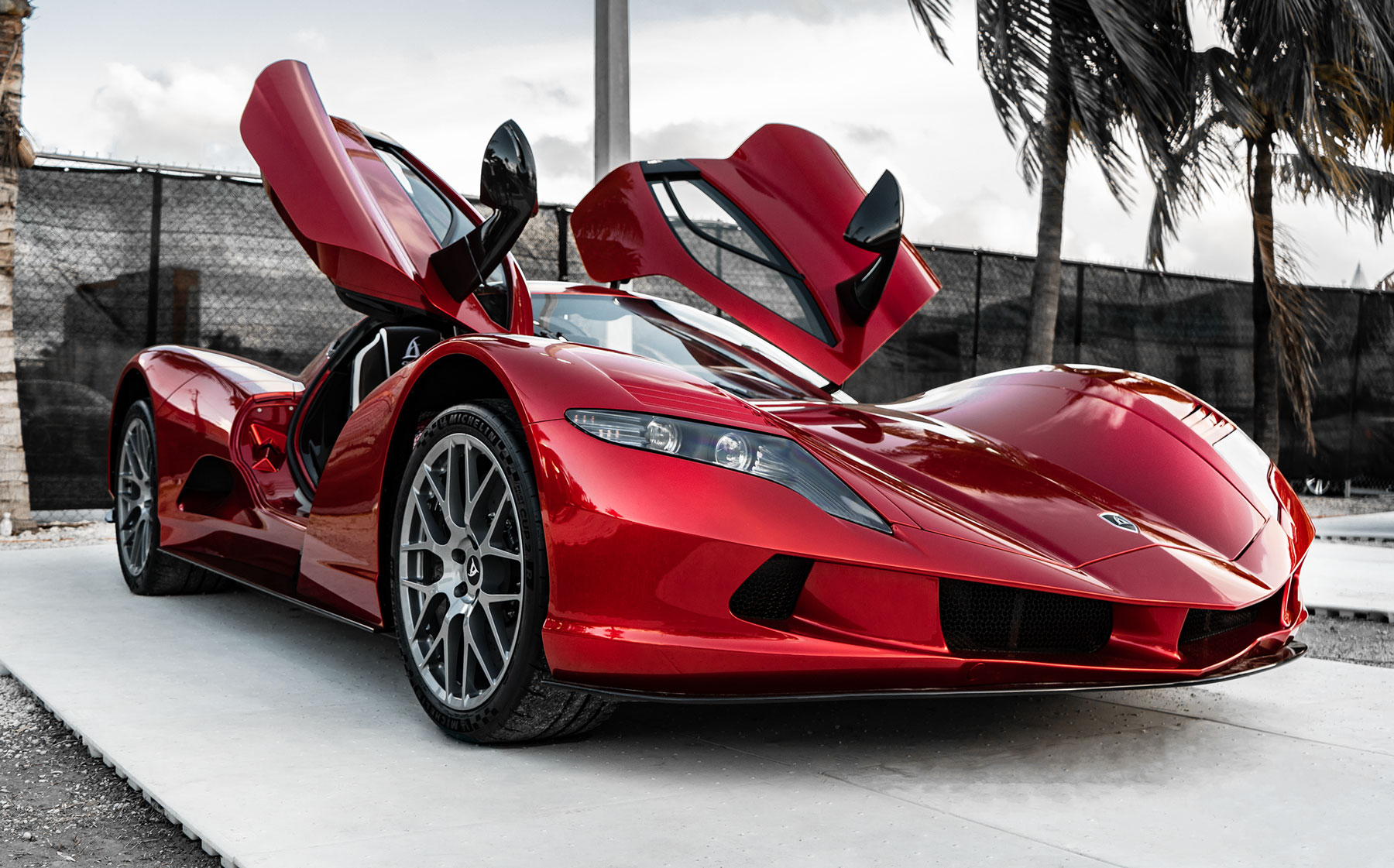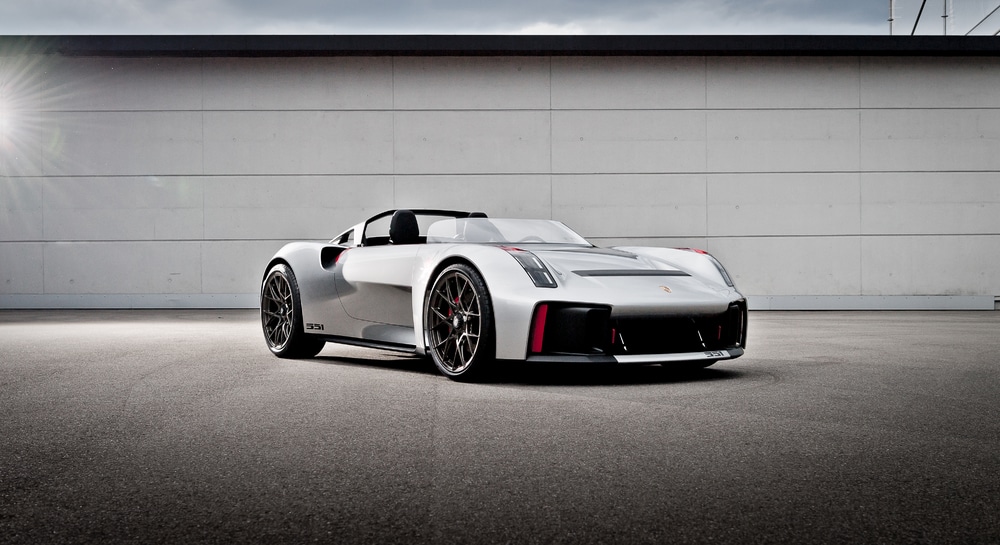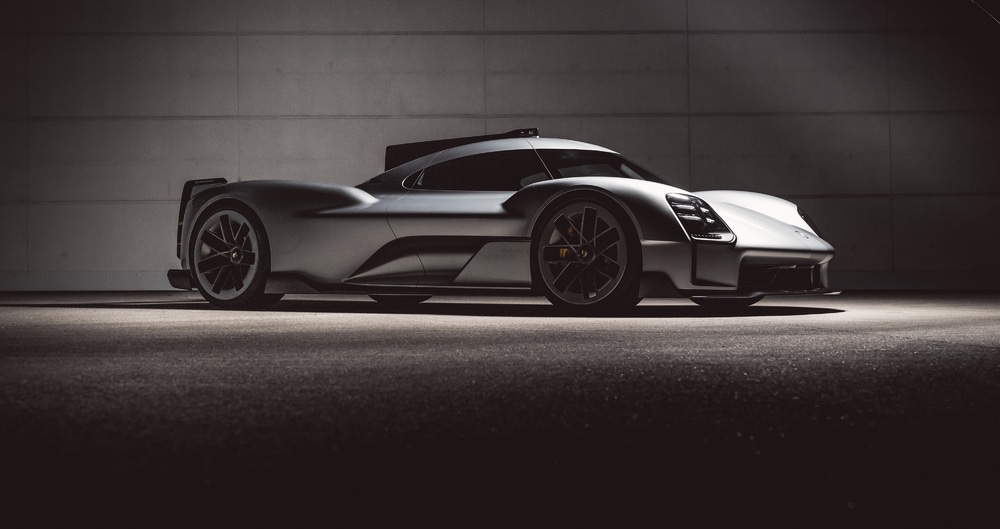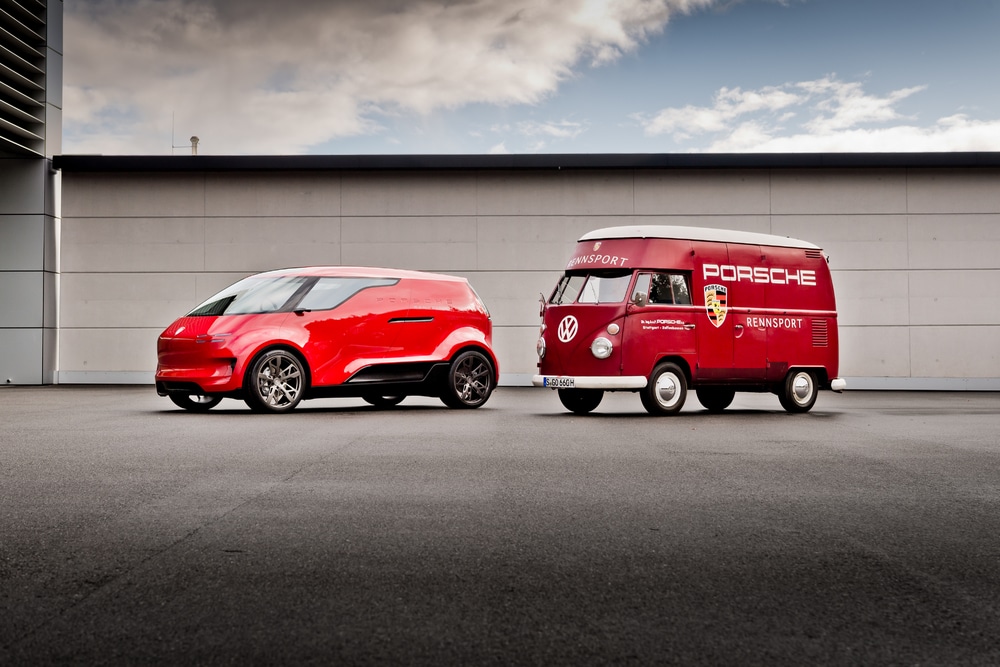THE TESTA ROSSA J, A SCALE REPLICA OF THE 1957 250 TESTA ROSSA, IS BORN.
A JUNIOR CAR TO EXPERIENCE ONE OF THE MASTERPIECES OF FERRARI HISTORY.
Maranello, 9 August 2021 — The Ferrari Testa Rossa J is a special project that gives Ferrari enthusiasts of all ages the opportunity to experience the thrill of driving an automotive legend.
A new limited edition for our most passionate collectors, the Ferrari Testa Rossa J is a 75% scale replica of a renowned classic, powered by an electric engine. The car is a faithful reproduction of the 1957 250 Testa Rossa, one of the most iconic and successful cars in Ferrari and motorsport history. A limited run of just 299 vehicles will be built.

Ferrari has led every aspect of the project, in collaboration with The Little Car Company, a firm specialising in the production of junior cars. Ferrari’s Styling Centre in Maranello oversaw the proportions and liveries, while the chassis and other components were created using original design drawings held by Ferrari’s Classiche department.
While the Ferrari Testa Rossa J is designed to be driven by anyone over 14 years of age, it is not homologated for road use.

Ferrari 250 Testa Rossa
A key track protagonist in the 1950s and 1960s, the 250 Testa Rossa is one of the all-time great Ferraris, distinguished by its lengthy list of honors and its longevity. The car claimed some 18 victories in its history, and three championship titles in 1958, 1960 and 1961. It is also the only Ferrari to have won the 24 Hours of Le Mans four times – in 1958, 1960, 1961 and 1962 (considering the 330 TR – the last evolution).
Design
The Ferrari Testa Rossa J meticulously reproduces the lines of the 250 Testa Rossa in the original Scaglietti-designed barchetta version, nicknamed “pontoon fender”. Attention to detail is exquisite: the bodywork is constructed from hand-beaten aluminium, the same process that was employed in historical models. The paint is the same as that applied to Ferrari’s present road car range, as is the insignia on the front.

To accurately recreate the intricate chassis of the 250 Testa Rossa, the original paper drawings from the Ferrari Classiche Department were scanned and digitally recreated. The junior car retains the same steering and suspension geometry, giving it authentic handling to match its original appearance.

The same meticulous detail is found in the interior. Ferrari’s Styling Centre has designed a single seat that accommodates an adult and a teen, faithfully incorporating the piping motif of the original and using the same high quality leather upholstery found in the Ferrari range today. The steering wheel is made by Nardi, the same specialist company that supplied the 1957 model, and features Ferrari’s smallest-ever quick-release system to facilitate driver entry. The classic dials have been remastered and repurposed for their new role in an electric car, but retain the original design and fonts. The oil and water gauges now monitor the battery and motor temperatures, while the fuel gauge is now the battery gauge and the tachometer has become a speedometer. There is even a power gauge which also shows the level of regenerative braking being deployed.
As a nod to the current generation of road cars, the pedals are from the F8 Tributo and the tyres are supplied by Pirelli, Ferrari’s official technical partner, fitted on the handmade 12 inch wire wheels. Suspension is taken care of with Bilstein coilover dampers and custom springs which were fine-tuned and signed off by Ferrari’s test divers at the Fiorano test track in Maranello.
Performance and safety
The three batteries powering the electric engine are positioned at the front of the car, and provide approximately 90 km range, depending on driving style. The batteries are accessed under the front bonnet, while the car can also be charged where the fuel cap previously resided.
The ‘Manettino’ dial gives the choice of four driving modes, ensuring driving pleasure with the highest levels of safety. The Novice mode (1 kW / 20 km/h) eases rookie drivers into the driving experience with controlled acceleration and the ability to remotely disable the car from a distance with a key fob. The Comfort mode (4 kW / 45 km/h), Sport and Race modes become progressively sportier, with instantly responsive acceleration and increased maximum speeds.
Safety has been a priority throughout the car’s development: the metal side panels were reinforced and an optional roll-bar can be anchored to the chassis. Brembo disc brakes replace the original drum system to maximize braking performance, and these are complemented by a hydraulic handbrake.
Customization
The Ferrari Testa Rossa J offers a wide range of personalization and colour combinations. The Ferrari Classiche department carried out extensive research into all the liveries that have adorned the 250 Testa Rossa throughout its racing career. An online car configurator allows clients to choose from 14 historical liveries, 53 bodywork colours and additional personalized racing liveries, all authentically in keeping with Ferrari style.
FERRARI TESTA ROSSA J — TECHNICAL SHEET
PRODUCTION 299 units
MEASUREMENTS 3.1 x 1.1 x 0.7 meters
ENGINE
Electric engine.
Three batteries with approximately 30 km range each, for a maximum 90 km total range.
DRIVING MODES
Novice mode 1 kW / 20 km/h
Comfort mode 4 kW / 45 km/h
Sport mode over 60 km/h
Race mode over 60 km/h
SAFETY
Engine and battery managed by software that governs power delivery
Laterally reinforced chassis
Disc brakes for greater control
Roll-bar anchored to chassis (optional)
STEERING WHEEL Nardi
TYRES AND WHEELS
Pirelli Cinturato.
Re-proportioned wheels based on the original Borrani rims.
Authentic Borrani wheels are available as an optional.
PRICES FROM € 93,000 (taxes, shipping and optional features excluded)








